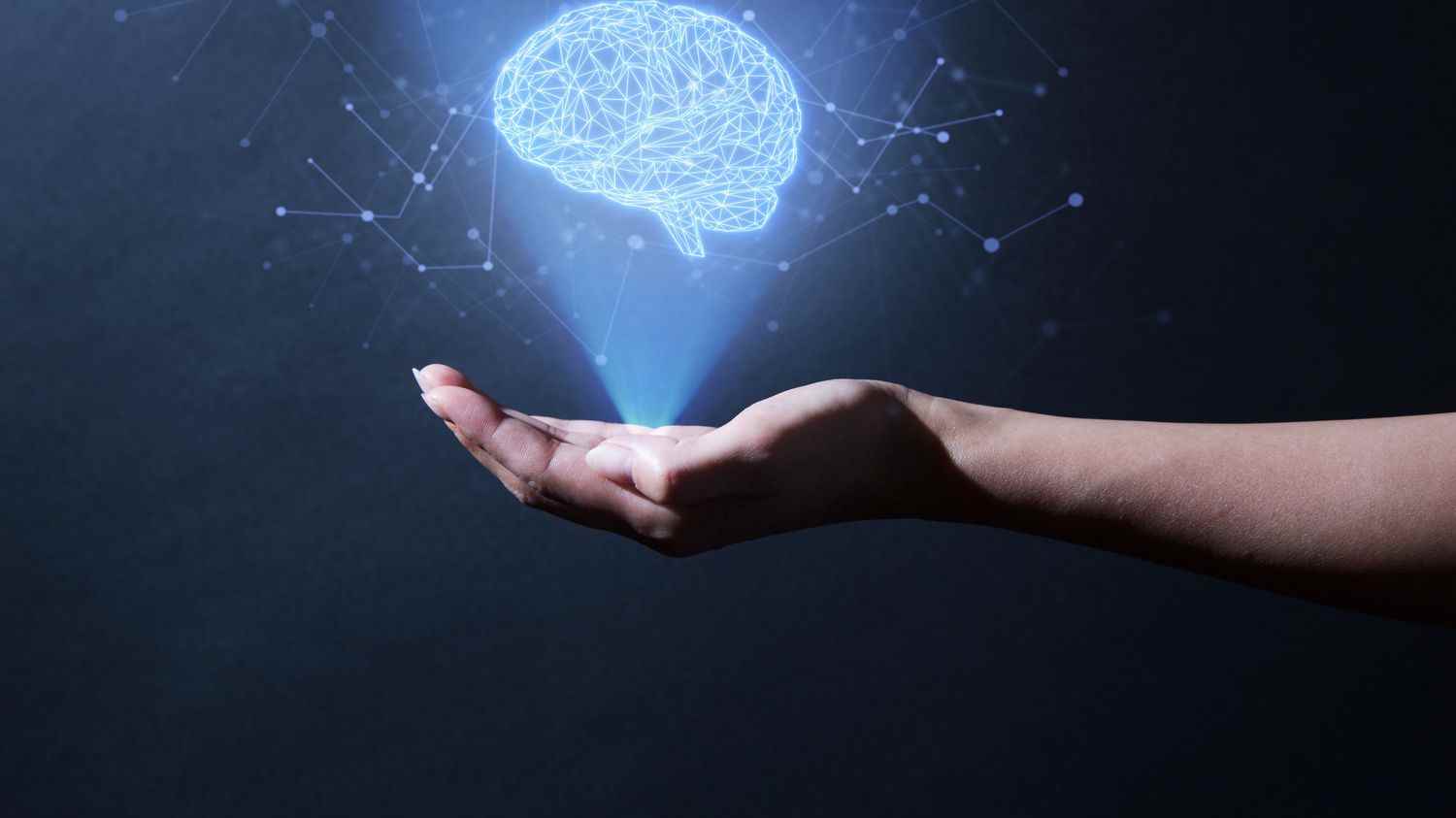Géraldine Zamansky, journalist for the Magazine de la Santé on France 5 today talks about a study on what happens between life and death, just after a cardiac arrest…
franceinfo: British and American teams have shown that the brain still has activity after cardiac arrest?
Geraldine Zamansky: This is exactly what Dr. Sam Parnia, who presented this study and who is an intensive care worker at a large New York university hospital, told me. Its objective was to explore, as you said, what happens at the border between life and death, by recording the brain activity of patients, just after cardiac arrest.
While the emergency care was carried out, the team of researchers came to place, if possible of course, different devices. With in particular small sensors on the skull to perform an electroencephalogram. This may have been done 85 times instead of once by chance in previous posts. And Dr. Parnia and his colleagues then observed persistent brain activity for more than half an hour after the heart stopped.
And this brain activity would somehow “prove” what some survivors say, “near death experiences”, NDEs?
Dr. Parnia actually explained to me that the results were very close to those obtained for living brains in the process of thinking or recalling memories, for example. And this would coincide with the stories evoking a sort of retrospective of all the important moments of his life, as if to take stock of them. They also sometimes evoke the impression of separating from their body and calmly observing the caregivers around them…
For Dr. Parnia, these 85 examinations carried out in 25 hospitals in the United Kingdom and the United States show that we must take these testimonies seriously, and see them as a source of additional research on the human conscience.
Would this study really allow us to better understand what happens around death?
That’s the idea. And not only from an almost metaphysical point of view. Dr. Parnia also has quite concrete resuscitator goals. Save more patients of course, but above all with the least possible after-effects. He specifies that the ability of brain cells to survive lack of oxygen was known. It’s a kind of hibernation.
There, with this study which provides monitoring of the state and activity of the brain during resuscitation techniques, the hope is also to identify solutions that preserve neurons as much as possible!
The presentation of the study
